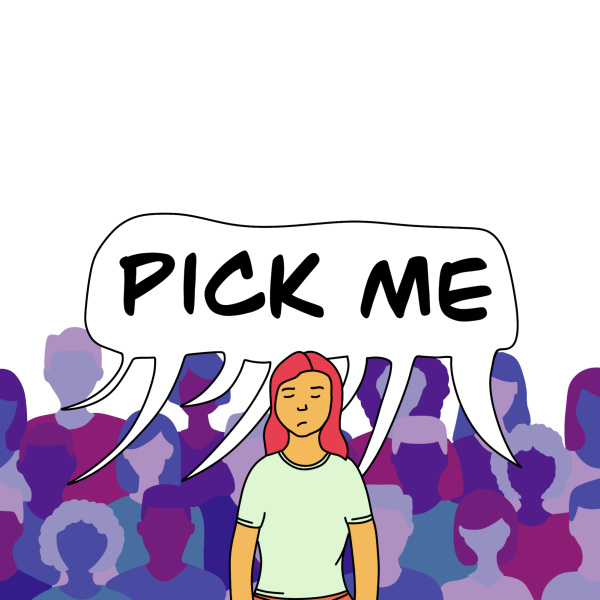Rethinking Romance in Film
The great sin of romance films is that they’re terribly interesting. We’re swept up in all the familiar moves. There’s a chance meeting, followed by an initial dislike. The banter goes from pointed to playful, and the lead actors reveal their vulnerable sides. They grow closer until a beautifully contrived misunderstanding makes it all come crashing down toward the end of the second act. It seems hopeless until that last mad dash for love comes around. He catches her just before the plane lifts off. And aren’t they so beautiful together?
American romance films are beautiful embroideries stitched from clichés; and I love every fiber of them. This isn’t some takedown of romantic movies (and more aptly romantic comedies) for their
perceived banality. Believe me, I’ve watched How I Met Your Mother six times through.
I don’t take issue with the “will-they-won’t-they” plotlines and I certainly don’t mind how gorgeous both the actors and actresses are. I’m less levying criticism and more making a request. Although I adore stories about people falling in love, I want more stories about people who are, currently, in love.
What does a happily-ever-after look like? I’m not asking just to know. Art and media give us the machinery to model and understand our lives— and our romantic lives are no exception. However, there’s often nothing out there to furnish our expectations of what successful and sustained love looks like other than our immediate surroundings, which depending on where you come from, can offer very broken portrayals.
The obvious rebuttal is that stories about people who are already in love are dull. It’s partially a matter of stakes: when you’re falling in love, you either end up jubilant, in the throes of a new relationship, or alone, in whatever sorry state we found you in at the start of the movie. Thus, when the leads characters are already committed to each other, the stakes are either the crushing loss of the relationship or, at best, the reversal of a previously content state. In short, there’s apparently no such thing as an exciting place to go in a movie about two people in a relationship.
But I’d argue that this perception is informed by the very lack of such stories. Worse yet, it informs a view that the
beginning of a relationship is the end of a love story.
I mentioned How I Met Your Mother before. In the show, the central character, Ted, is on a quest to find the love of his life, the future mother of his children. While his story plays by the familiar rules of romantic comedies, he’s also joined by his best friends Marshall and Lily who’ve been together since they were 18. Their story, while less outrightly romantic than Ted’s, offers a glimpse at the subtle milestones of a long-term relationship. They learn and grow with each other; their problems are neither trivial nor so turbulent as to always put their relationship in jeopardy.
The writers of How I Met Your Mother use personal tragedies, challenging pathologies and large changes in both career and family life to show the role of long-term love during life’s greatest roadblocks. I admit, in my first run-through, I was too engrossed with Ted’s story to pay much attention to Marshall and Lily. But with each successive watch, I find myself growing transfixed with the strenuous emotional work, quiet loyalty and admittance of boredom that is the foundation to Marshall and Lily’s accompanying journey.
Ted’s heart-wrenching, troubled and often absurd road to the Mother is a beautiful love story, but Marshall and Lily’s long-lasting relationship is just another kind of love story, and a creative road that should be traveled more often.








